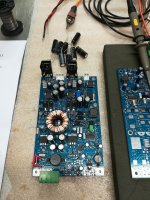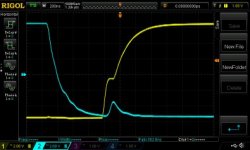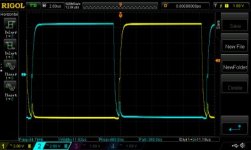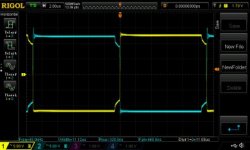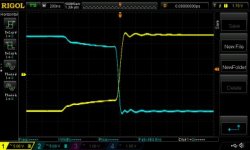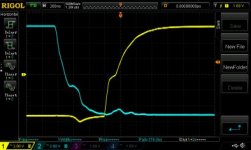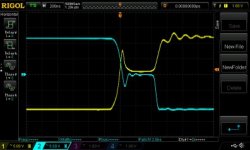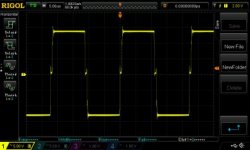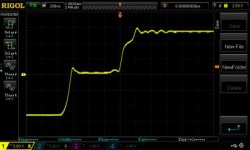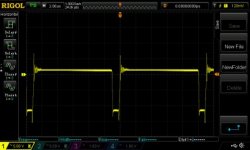Hi Alls !
I'm freshly registered here, but I read you since many years.
Now is my day to take the plunge and to show you my smps project.
I don't have engineer knowledge, only school memories.
Since the time I read the forum trying to understand the smps rules, I have now finished the schematics of a low power switchmode psu for preamp use.
The PSU is based on the SG3525 chip and don't use regulation since I will use some regulators at the outputs.
Push-pull design with TN23/3C90 core transformer with 3 secondary (2 for analog +/GND/- and another for digital +/GND) 2x5 PRIM / 2x9+1x5 turns SEC
I use a mosfet driver TC427 with 2x IRFS7440 MOSFET.
I'm planning to use at maximum SMD components for compact design and because I prefer soldering SMD than through hole (my eyes are still good for the moment )
)
For sure some parts cannot be put in SMD (snubbers essentially).
In attache the schematic of the entire PSU.
Many "sub-block" are inspired from well-know others PSU like BCAE1 or Elliot Sound or valveaudio. I'm not able to design entirely this circuit. So maybe I have done some beginners mitakes.
I will have some questions if someone can look the schematic.
Since the secondary winding ( 8- 9 for digital ) is isolated from the analog windings (4 - 5 - 6 -7), I have 2 dif GND, one digital and one analog. It is good for the DAC.
With this configuration does I need to use 2 common mode inductor (one for each output) or does I need to wind all of the secondary in the same inductor ? If I do thos does I need to connect absolutely the 2 gnd ?
I prefer to use 2 different inductor since for this power, I can probably buy them ready to use.
Since the PSU is unregulated, does I really need the inductors ? I need the cleanest possible psu, and in my head, running unregulated is better for noise.
Any comments or suggestion will be appreciated,
Thanks in advance to those who take time to read the post,
Cheers,View attachment PSU Pichou v3.pdf
I'm freshly registered here, but I read you since many years.
Now is my day to take the plunge and to show you my smps project.
I don't have engineer knowledge, only school memories.
Since the time I read the forum trying to understand the smps rules, I have now finished the schematics of a low power switchmode psu for preamp use.
The PSU is based on the SG3525 chip and don't use regulation since I will use some regulators at the outputs.
Push-pull design with TN23/3C90 core transformer with 3 secondary (2 for analog +/GND/- and another for digital +/GND) 2x5 PRIM / 2x9+1x5 turns SEC
I use a mosfet driver TC427 with 2x IRFS7440 MOSFET.
I'm planning to use at maximum SMD components for compact design and because I prefer soldering SMD than through hole (my eyes are still good for the moment
For sure some parts cannot be put in SMD (snubbers essentially).
In attache the schematic of the entire PSU.
Many "sub-block" are inspired from well-know others PSU like BCAE1 or Elliot Sound or valveaudio. I'm not able to design entirely this circuit. So maybe I have done some beginners mitakes.
I will have some questions if someone can look the schematic.
Since the secondary winding ( 8- 9 for digital ) is isolated from the analog windings (4 - 5 - 6 -7), I have 2 dif GND, one digital and one analog. It is good for the DAC.
With this configuration does I need to use 2 common mode inductor (one for each output) or does I need to wind all of the secondary in the same inductor ? If I do thos does I need to connect absolutely the 2 gnd ?
I prefer to use 2 different inductor since for this power, I can probably buy them ready to use.
Since the PSU is unregulated, does I really need the inductors ? I need the cleanest possible psu, and in my head, running unregulated is better for noise.
Any comments or suggestion will be appreciated,
Thanks in advance to those who take time to read the post,
Cheers,View attachment PSU Pichou v3.pdf

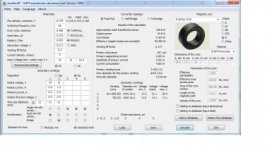
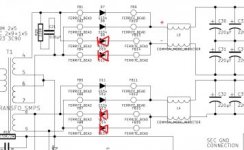
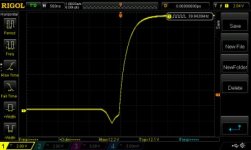
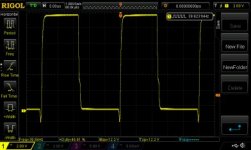
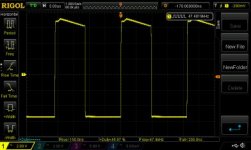
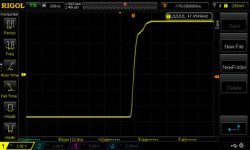
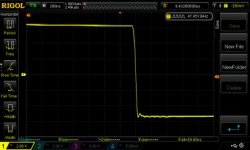
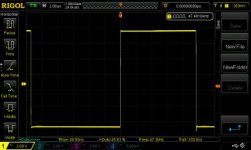
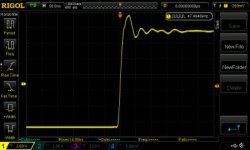
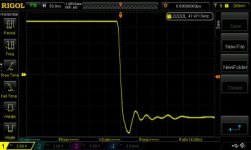
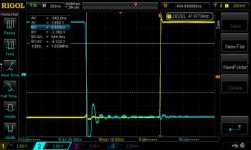
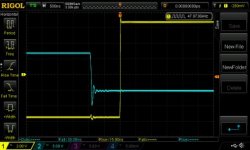
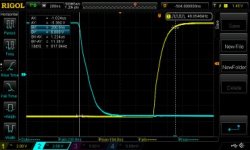
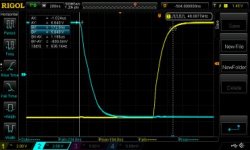
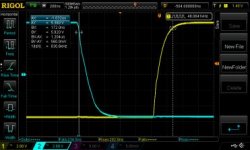
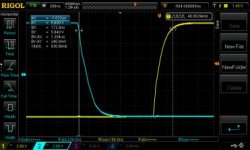
![IMG_0989[1].JPG IMG_0989[1].JPG](https://www.diysmps.com/forums/data/attachments/5/5512-6739c0696b59a3c18d40a8c6e21252f8.jpg)
